3D mosquito screens to create window double screen traps for mosquito control
- PMID: 28851461
- PMCID: PMC5576366
- DOI: 10.1186/s13071-017-2322-2
3D mosquito screens to create window double screen traps for mosquito control
Abstract
Background: Mosquitoes are vectors for many diseases such as malaria. Insecticide-treated bed nets and indoor residual spraying of insecticides are the principal malaria vector control tools used to prevent malaria in the tropics. Other interventions aim at reducing man-vector contact. For example, house screening provides additive or synergistic effects to other implemented measures. We used commercial screen materials made of polyester, polyethylene or polypropylene to design novel mosquito screens that provide remarkable additional benefits to those commonly used in house screening. The novel design is based on a double screen setup made of a screen with 3D geometric structures parallel to a commercial mosquito screen creating a trap between the two screens. Owing to the design of the 3D screen, mosquitoes can penetrate the 3D screen from one side but cannot return through the other side, making it a unidirectional mosquito screen. Therefore, the mosquitoes are trapped inside the double screen system. The permissiveness of both sides of the 3D screens for mosquitoes to pass through was tested in a wind tunnel using the insectary strain of Anopheles stephensi.
Results: Among twenty-five tested 3D screen designs, three designs from the cone, prism, or cylinder design groups were the most efficient in acting as unidirectional mosquito screens. The three cone-, prism-, and cylinder-based screens allowed, on average, 92, 75 and 64% of Anopheles stephensi mosquitoes released into the wind tunnel to penetrate the permissive side and 0, 0 and 6% of mosquitoes to escape through the non-permissive side, respectively.
Conclusions: A cone-based 3D screen fulfilled the study objective. It allowed capturing 92% of mosquitoes within the double screen setup inside the wind tunnel and blocked 100% from escaping. Thus, the cone-based screen effectively acted as a unidirectional mosquito screen. This 3D screen-based trap design could therefore be used in house screening as a means of avoiding infective bites and reducing mosquito population size.
Keywords: 3D-screen; Control; Mosquito; Trap; Window.
Conflict of interest statement
Ethics approval and consent to participate
Not applicable.
Consent for publication
Not applicable.
Competing interests
The authors declare that they have no competing interests.
Publisher’s Note
Springer Nature remains neutral with regard to jurisdictional claims in published maps and institutional affiliations.
Figures
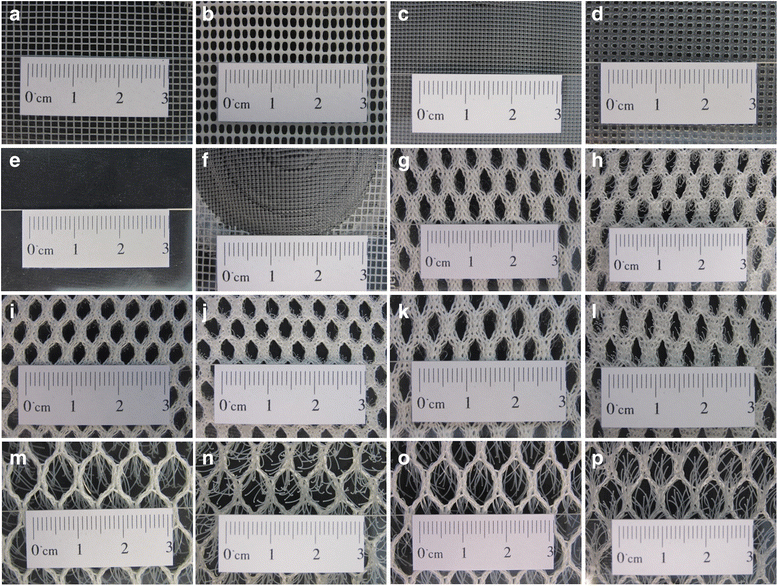
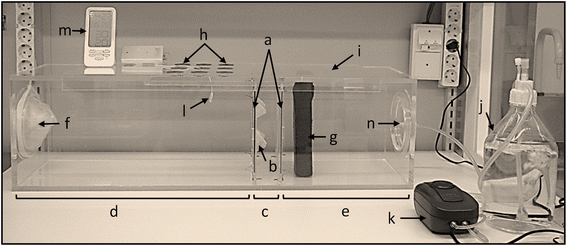
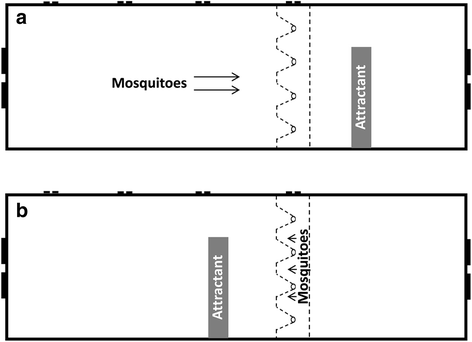

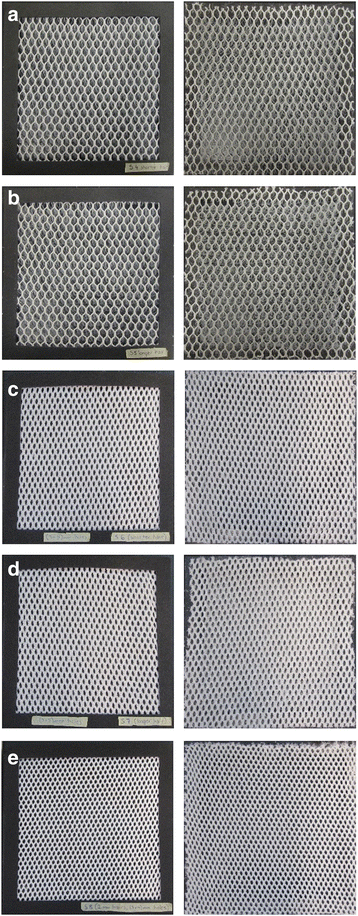
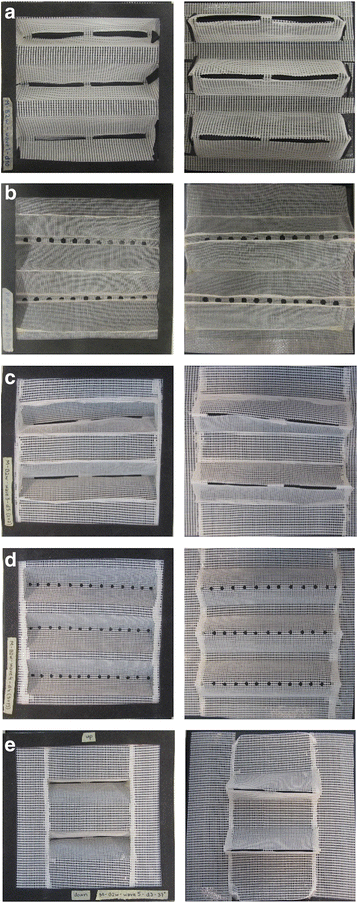
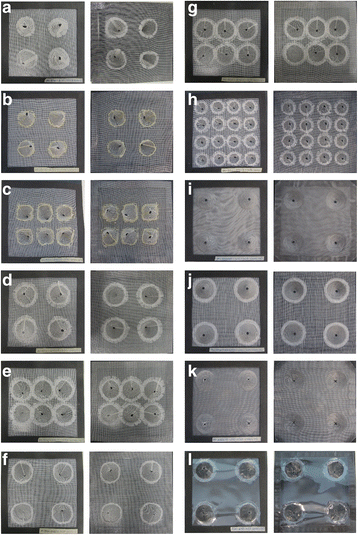
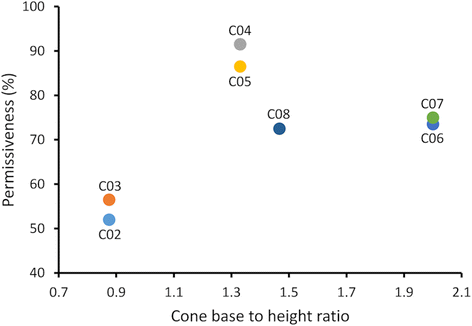
References
-
- World Health Organization . World malaria report 2016. Geneva: World Health Organization; 2016.
-
- Costantini C, Sagnon N, della Torre A, Coluzzi M. Mosquito behavioural aspects of vector-human interactions in the Anopheles gambiae complex. Parassitologia. 1999;41:209–217. - PubMed
MeSH terms
LinkOut - more resources
Full Text Sources
Other Literature Sources
Medical

